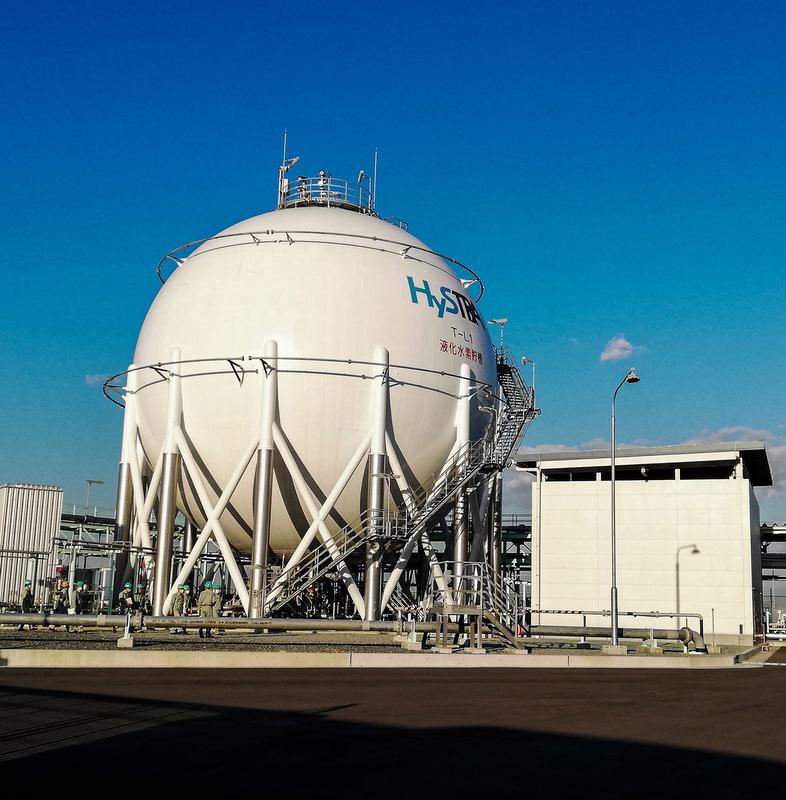Natural Hydrogen

- 03 May 2025
In News:
Governments and private players globally are increasingly exploring natural hydrogen as a low-cost, zero-emission energy source. Recent discoveries in France’s Moselle region and growing interest in countries like India and the U.S. signal a new frontier in clean energy exploration.
What is Natural Hydrogen?
Natural hydrogen, or geologic hydrogen, refers to free molecular hydrogen (H?) naturally present underground due to geological processes. Unlike manufactured hydrogen (grey, blue, or green), it occurs naturally and can be extracted directly from the Earth.
Key Geological Sources:
- Serpentinisation: Water reacts with ultramafic rocks.
- Radiolysis: Water splits due to radioactive decay of rocks.
- Organic decomposition: Deep-seated carbon-rich matter releases hydrogen.
- Co-existence with helium: Indicates deep crustal origins.
Extraction Process
- Exploration: Detection of hydrogen seeps using geophysical tools.
- Drilling: Boreholes drilled in hydrogen-rich zones (e.g., Mali, U.S., France).
- Capture & Compression: Hydrogen is purified and compressed.
- Distribution: Delivered for use in fuel cells, refineries, or industries.
Why is it Important?
- Zero Emissions: Burns to produce only water vapor — no CO?.
- Cost-Effective: Estimated cost ~$1/kg, cheaper than green hydrogen.
- Renewable & Sustainable: Can replenish naturally in rock formations.
- High Efficiency: Hydrogen fuel cells are 3x more efficient than gasoline.
Historical Background
- 1987, Mali: Accidental discovery of a hydrogen-rich well during water drilling.
- 2012: Confirmed to be 98% pure hydrogen, sparking interest in natural reserves.
- Once viewed as a geological oddity, it is now recognized for its energy potential.
Global Exploration Trends
- Over 40 companies exploring hydrogen in Australia, U.S., Spain, France, Albania, Colombia, South Korea, Canada.
- USGS model (2022): Suggests potential to meet global hydrogen demand for ~200 years.
- France (2025): Moselle region found to contain ~92 million tonnes of natural hydrogen — worth ~$92 billion.
India’s Natural Hydrogen Potential
India has favourable geology for natural hydrogen generation:
- Ophiolite belts: Himalayas, Andaman.
- Cratons: Dharwar, Singhbhum greenstone belts.
- Sedimentary basins: Vindhyan, Cuddapah, Gondwana.
- Hydrothermal systems: Hot spring regions.
- Basement rocks: With deep fractures and mafic/ultramafic content.
A comprehensive geological survey is needed to assess extractable reserves.
Challenges in Adoption
- Lack of Mapping: Global hydrogen reserves are poorly explored.
- Scattered Deposits: Difficult to commercialize if reserves are dispersed.
- Storage & Transport: Requires high-pressure systems due to low density.
- Safety Risks: Odourless and flammable — hard to detect leaks.
- Infrastructure Deficit: Refuelling stations and pipelines still underdeveloped.
Way Forward
- National Hydrogen Mapping: Focus on cratonic belts and ophiolites in India.
- Policy Framework: Integrate natural hydrogen into the National Hydrogen Mission.
- Public-Private Collaboration: Offer PPPs, tax breaks, and R&D incentives.
- Global Partnerships: Collaborate with USGS, France, U.S. on exploration models.
- Infrastructure Investment: Build hydrogen hubs, refuelling stations, and pipelines.
